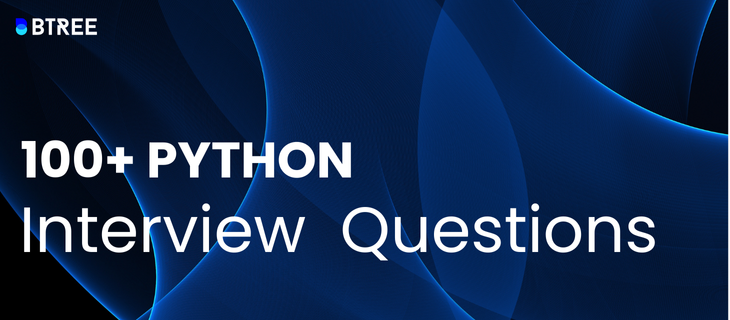What is Python?
Python is an interpreted, high-level programming language characterized by its readability and simplicity. Its design philosophy emphasizes code readability, allowing programmers to express concepts in fewer lines of code than might be used in other languages. With its dynamic typing and dynamic binding, Python supports multiple programming paradigms, including procedural, object-oriented, and functional programming.
What are Python’s key features?
Python boasts numerous key features that contribute to its popularity, including:
- Readability: The syntax is clear and intuitive, which enhances maintainability.
- Interpreted Language: Python code is executed line by line, facilitating debugging and interactive programming.
- Dynamically Typed: Variable types are determined at runtime, allowing for flexibility in coding.
- Extensive Libraries: A vast collection of libraries and frameworks, such as NumPy, Pandas, and Flask, empowers developers to tackle diverse tasks effortlessly.
- Cross-Platform: Python runs seamlessly across different operating systems, making it a versatile choice for developers.
How do you install Python?
Installing Python is a straightforward process. Download the latest version from the official Python website, select the appropriate installer for your operating system, and follow the installation instructions. For most systems, adding Python to the PATH is an essential step to ensure that it can be executed from the command line.
What is PIP?
PIP, which stands for “Pip Installs Packages,” is the package management system for Python. It allows users to install and manage additional libraries and dependencies that are not included in the standard library. With a simple command like pip install package_name, users can effortlessly integrate third-party packages into their projects.
What are Python comments?
Comments in Python are annotations within the code that are not executed. They serve to explain or clarify the purpose of certain code sections, enhancing readability for others (or for the future self). Comments are created using the # symbol for single-line comments and triple quotes (”’ or “””) for multi-line comments.
100+ Python Interview Questions
if __name__ == '__main__':
n = int(input().strip())
# Determine whether the number is weird or not
if n%2 != 0:
print("Weird")
elif n%2 == 0 and n>2 and n<=5:
print("Not Weird")
elif n%2 ==0 and n > 6 and n <=20:
print("Weird")
else:
print("Not Weird")
Intermediate
…..
Advanced
….
Final Thoughts
Mastering Python is not just about learning the syntax; it’s about understanding the underlying principles that drive effective programming. As you prepare for your interview, remember that interviewers often seek not only technical knowledge but also problem-solving skills and a genuine enthusiasm for coding.
Utilizing this extensive collection of interview questions will not only help you familiarize yourself with the types of questions you might encounter but also deepen your understanding of Python’s capabilities. Practice coding regularly, engage in projects that challenge your skills, and participate in coding communities to enhance your learning experience.
Ultimately, confidence is key. Approach your interview as an opportunity to showcase your skills and passion for programming. With preparation and a positive mindset, you’ll be well-equipped to impress potential employers and secure the role you desire in the tech industry. Good luck!


